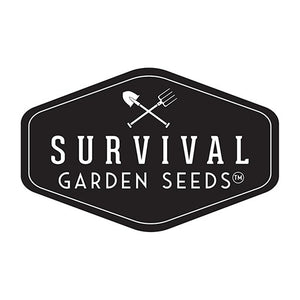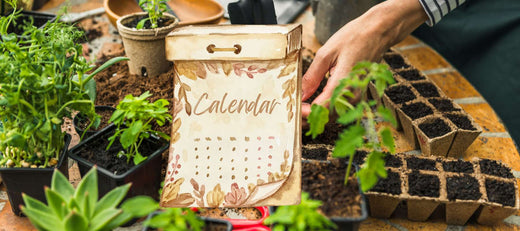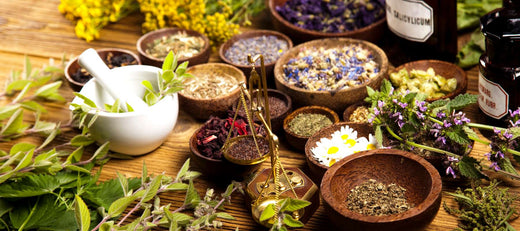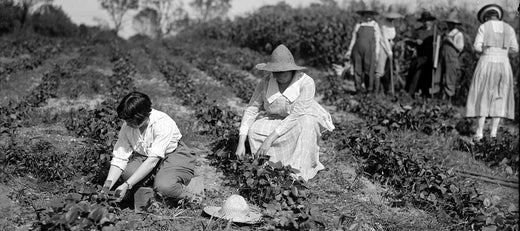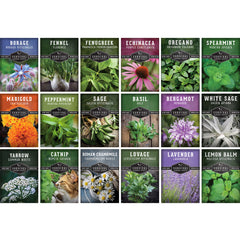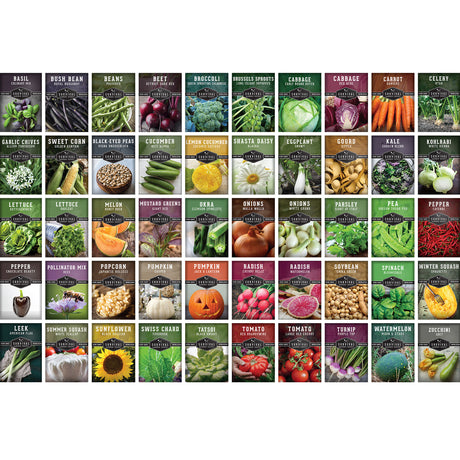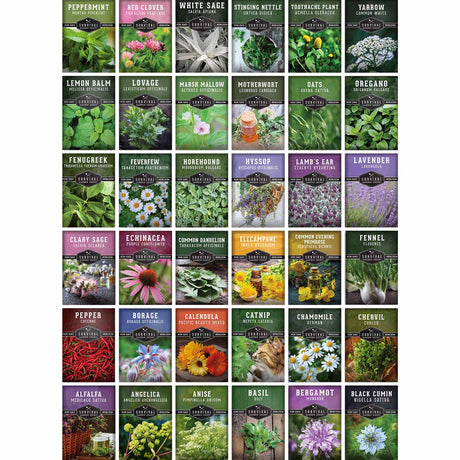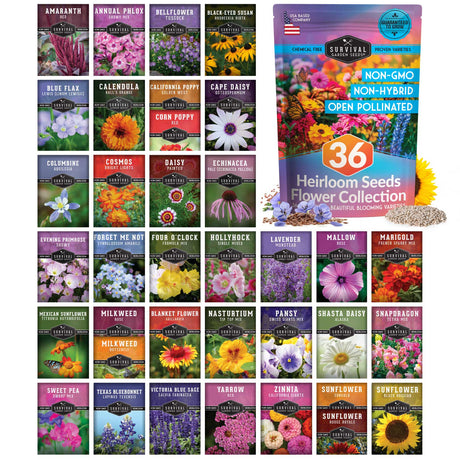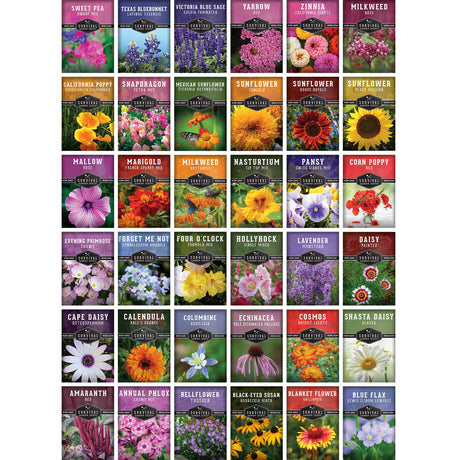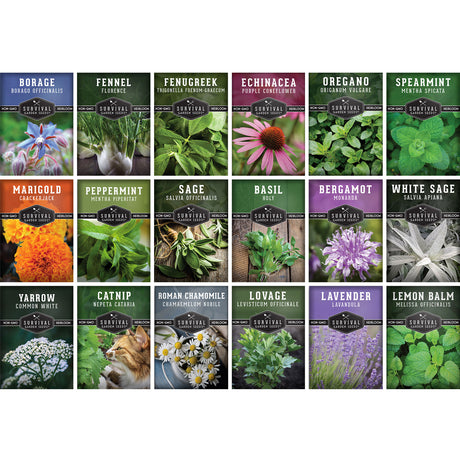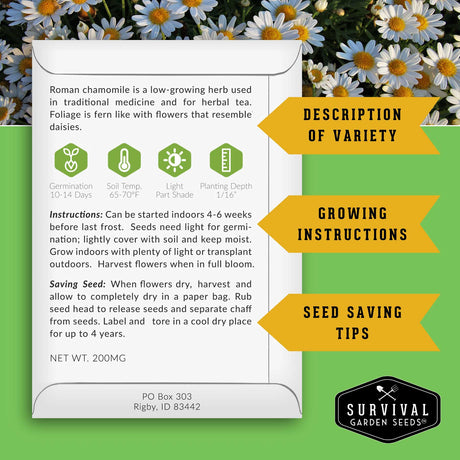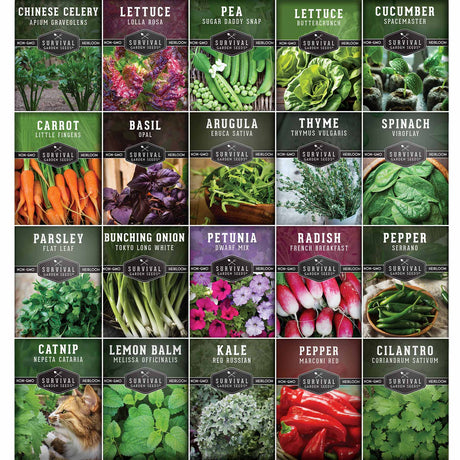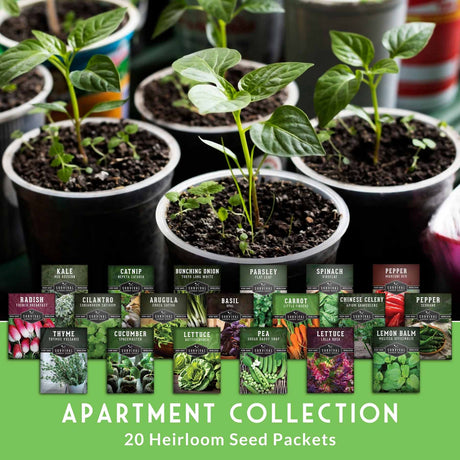It’s September and your garden may be winding down, but the harvest doesn’t have to be over just yet. Now is the time to preserve your gardening success for next year by harvesting and saving seeds.
Why Save Seeds?
Seed saving helps you to preserve heirloom varieties and carry forward the varieties and flavors that you loved. Keeping seeds from plants that did well in your garden means that future generations of plants will already be adapted to your particular growing environment. It also helps reduce gardening costs in future growing seasons.
General Guidelines for Seed Saving
The actual methods for saving seeds from different types of plants vary, but there are a few general guidelines that apply to all seeds.
- Choose the healthiest plants: Save seeds only from strong, disease-free, and high yielding plants.
- Allow full maturity: Allow seeds to fully ripen before harvesting. Otherwise, they will not contain the necessary ingredients for germination.
- Avoid cross-pollination when possible: Some plants, like corn, squash, beets, carrots, coneflowers, marigolds, and sunflowers, are prone to cross-pollination by different varieties of the same species. If you want to maintain the traits of the original species for future seeds, you have some options. Either only plant a single variety, make sure to give plenty of distance between plants (250 ft or more), stagger planting times so varieties are not blooming at the same time, or use a physical barrier (like a fine mesh bag) on plants you intend to harvest.
Saving Seeds from Flowers and Herbs

Saving seeds from flowers and herbs is quite easy. Allow the blooms to fully mature and dry out and then collect the seeds once they are dry and crisp. To harvest seeds from herbs, you will need to allow the herbs to go to flower and then harvest the blooms when mature. For plants with tiny seeds you may want to cut the mature flowers and hang them inverted in a paper bag in a warm, dry place until they completely dry out and you can separate the seeds from the stems.
Before storage, separate the seeds from the chaff and allow them to thoroughly dry. Store in labeled paper envelopes or airtight jars.
Saving Seeds from Fruits (Tomatoes and Other Wet Seeds)
Tomatoes, cucumbers, and eggplants have the seeds inside a wet pulp, and so they are called wet seeds. Tomato seeds require some special handling to harvest because they have a coating that prevents germination if not removed. We use a fermentation method to harvest tomato seeds. Scoop the seeds along with the tomato pulp into a jar with water and allow to ferment for 3 to 5 days. Viable seeds will sink to the bottom of the jar, so discard any that are floating along with the water and pulp, then rinse and dry the seeds thoroughly before storage.

For cucumbers and eggplant, the seeds are generally much larger and can easily be separated from the pulp, rinsed, and dried for storage.
Saving Seeds from Squash & Pumpkins (Dry Seeds)
When saving seeds from squash and pumpkins, you should keep the fruit on the vine until they are fully mature and have a hard outer shell. Simply cut open the fruit and scoop out the seeds, rinse off the pulp and spread on a breathable surface to dry. A baking rack with wax paper works well and will allow you to easily remove the seeds. Squash cross-pollinates easily, so if you are going for pure seeds, you may want to hand-pollinate the flowers and keep track of the fruit from those blooms for your harvest.
Saving Seeds from Brassicas like Cabbage and Kale (Biennials)
Saving seeds from cabbage, kale, and brussels sprouts can prove more challenging because these vegetables are biennials, meaning they flower in their second year after over-wintering. They also cross-pollinate easily, so it is best to grow only one variety if you want pure seeds. Onion is another biennial vegetable that will flower in the second year and produce seeds. In warmer climates, you can leave a few of your favorite plants in the garden over the winter and allow them to flower the next summer, then harvest the seeds in a similar way to flowers. In areas with colder winters, you can cover the plants with a thick layer of mulch to protect the plants or dig them up prior to frost, pot them, and keep them in a cool environment like a root cellar or basement through the winter.

Saving Seeds from Other Plants
For saving seeds from plants we didn’t mention, you can find seed-saving instructions on each of our heirloom seed packets.
Proper Storage of Saved Seeds
Keep your harvested dry seeds in glass jars, tins, or sealed containers. Silica packets can help ensure your seeds stay nice and dry. Make sure you label the containers with the variety and the year you harvested them. Keep the containers in a cool, dry, dark place. Seeds generally last 1 to 5 years depending on variety. Onion, parsnip, leek, and parsley seeds do not remain viable for long, while spinach, beans, and carrots can remain viable for 3 years or more.
Testing Seeds for Viability
We test every variety of seeds for germination quality before we pack them and sell them to you. You can do germination testing at home by placing 10 seeds on a damp paper towel, fold the towel over the seeds and keep it moist in a warm spot. After 5 to 10 days, check to see how many seeds have sprouted and this will give you a good idea of the germination percentage. If you have low germination, you may want to plant extra seeds come planting time or decide to purchase new seeds. Note that some seeds, such as root crops (carrots, beets) and large seeds (beans, peas, squash, corn), may give more reliable results when tested in soil.
Planting the Future
The wide array of heirloom seeds that are available came about because someone cared enough to harvest and save those seeds from year to year. Seed saving is a rewarding way to preserve that tradition and be self-reliant. If you’re ready to grow a garden that keeps giving year after year, explore our collection of heirloom seeds and start a tradition of seed saving today!

